Royals Who Suffered From Mental Illness, Madness, And Abnormalities
All throughout history people have been afflicted with disorders, mental illnesses, and other birth defects, with royal families being far from exempt. A staggering number of royals suffered from various hereditary diseases that had a significant impact on their lives, although their reigns were typically defined by their ability to rule rather than their health. Take a look to see the royals of the past who endured severe health problems for the majority of their lives, while simultaneously handling the responsibility of ruling.
Queen Maria I Of Portugal Was Known As The Mad Queen

Ruling over Portugal from 1777 to 1816, the mentally unstable Queen Maria I was married to her uncle, who was also unwell. During her reign, she witnessed two of her children die from smallpox, along with her son-in-law and grandson. It is believed these deaths only drove her further into insanity.
At times, she would throw violent tantrums no for no reason and took to wearing clothes meant for little girls, earning her the nickname the Mad Queen. By 1799, her son was running the country, with Maria being queen only by title. She died in a convent shortly after fleeing to Brazil during the Napoleonic Wars.
Tsarevich Alexei Nikolaevich’s Disease Brought The Infamous Rasputin Into The Romanov Household

Although nobody knew it at the time, Alexei Nikolaevich Romanov, the heir apparent to the Russian Empire, suffered from hemophilia, a hereditary disease in which blood does not clot normally. In an attempt to heal her son, his mother, Alexandra, invited the less-than-respected Rasputin into their home, who claimed he could help.
Becoming close with the family, Rasputin used his cunning to influence Alexandra’s decisions and beliefs, even gaining power himself. In the end, he indirectly helped spur the Russian Revolution in 1917, resulting in the entire family being executed.
King Tut Had Numerous Things Wrong With Him

While King Tutankhamun may be regarded as one of the most well-known and discussed pharaohs of ancient Egypt, DNA tests have revealed that he was far from healthy. Ruling around 1300 BC, studies have shown that “Tut” was incredibly weak, with most of his ailments being traced back to the royal tradition of brothers and sisters marrying each other within his family.
Ascending the throne at the young age of 10 until his death at 19, it is believed that Tut had a cleft palate, a club foot, severe scoliosis, and a deformed skull. Experts also found traces of malaria which he most likely contracted due to a weak immune system.
The Medici Line Was Cursed With Rickets

During the Florentine Renaissance, the Medicis were the most powerful family in Italy. However, their money and influence couldn’t protect their offspring from rickets, a vitamin D deficiency that results in the distortion of bones such as bow legs.
Scientists analyzed nine child skeletons from the Medici family including Don Filippo, only to discover that six of the nine children demonstrated signs of rickets with curved arms and bow legs. It is believed this was the result of the family being overly-protective of their offspring by keeping them inside, prolonging breastfeeding, and exposing very little skin.
Empress Elisabeth Of Austria Suffered From Anorexia And Depression

Referred to as “Sisi,” Empress Elisabeth came from a family with prominent members who were known for their uncommon behavior, such as her cousin King Ludwig II of Bavaria. At 16, she married her cousin, Franz Joseph, establishing her as the Empress of Austria. Although Franz loved Elisabeth, she did not share his affection and particularly despised his mother, Archduchess Sophie.
Known for her beauty in her youth, as she aged, she became increasingly paranoid about her appearance, slipping into a deep depression. It came to a point where she began to starve herself and refused to let anyone paint her portrait. She even spoke openly about taking her own life until the deed was committed by an anarchist in 1898.
Princess Nahienaena Lost Her Child

Born in 1815, Princess Nahienaena was a high-ranking princess during the founding of the Kingdom of Hawaii. The princess had been romantically involved with her brother, King Kamehameha III, starting from a young age.
This wasn’t uncommon in the early days of the Kingdom of Hawaii, and the two were encouraged to continue their relationship in order to keep their bloodline pure. The siblings attempted to marry but were met with opposition by Christian missionaries. Although the two never married, they did conceive a child, however, it only lived a few hours, most likely due to health complications resulting from their union.
Cleopatra Is Believed To Have Been Obese

Although Cleopatra is typically described in legend and portrayed in art as being slender and the very essence of beauty, likely, this wasn’t the case. Recently, archeologists have begun to speculate that Cleopatra was, in fact, obese, like most of her family members.
Traditionally, Cleopatra’s family was known for being overweight and keeping their bloodline pure. So, the genes that led to obesity were continuously being passed down until they afflicted Cleopatra, as well as her brother and sister.
King George III Lost His Mind

King George II of England is best known for losing the American Revolution, but also for his insanity. It was believed that he inherited porphyria, a genetic disorder causing bouts of insanity, although it could have been the result of bipolar disorder.
His condition became worse later in his life, leading him to give up on his duties as king with his delusions becoming so severe that at times he was put into straitjackets, his blood was leeched, or he was placed into ice baths in order to calm down. Medical tests show that porphyria was common in the House of Hanover, which King George II was a part of.
Joanna Of Castile Succumbed To Grief

Joanna of Castile was never supposed to inherit the thrones of Castile and Aragon, but after outliving a number of her siblings, she ended up wearing the crown. Unfortunately, she was mentally unprepared for her position as Queen of Spain, especially the standards set by her mother.
However, she ended up marrying and falling deeply in love with her husband, a member of the Habsburg family known as Philip the Handsome. Philip did not return her love and was unfaithful on numerous occasions before his death. The loss of her husband drove Joanna into insanity, leading to her removal from power and imprisonment until her death in 1555.
Ludwig II Of Bavaria Was Slain For His Unpredictability

Cousin of Empress Elisabeth of Austria, King Ludwig II of Bavaria’s family had been inbreeding for generations, which came to a head at the birth of Ludwig II. In his early years, people began to notice that Ludwig was exceedingly paranoid and lived in his own fantastical world. It is believed that he suffered from a schizotypal personality disorder and possibly Pick’s disease later in his life.
He preferred to build extravagant estates and commission massive art projects, which led to unrest with both the public and the Bavarian government, with people annoyed at his wastefulness and inability to lead. In 1886, his body was found by a lake, and it was assumed that he had been slain.
Princess Victoria Melita Lost Two Children
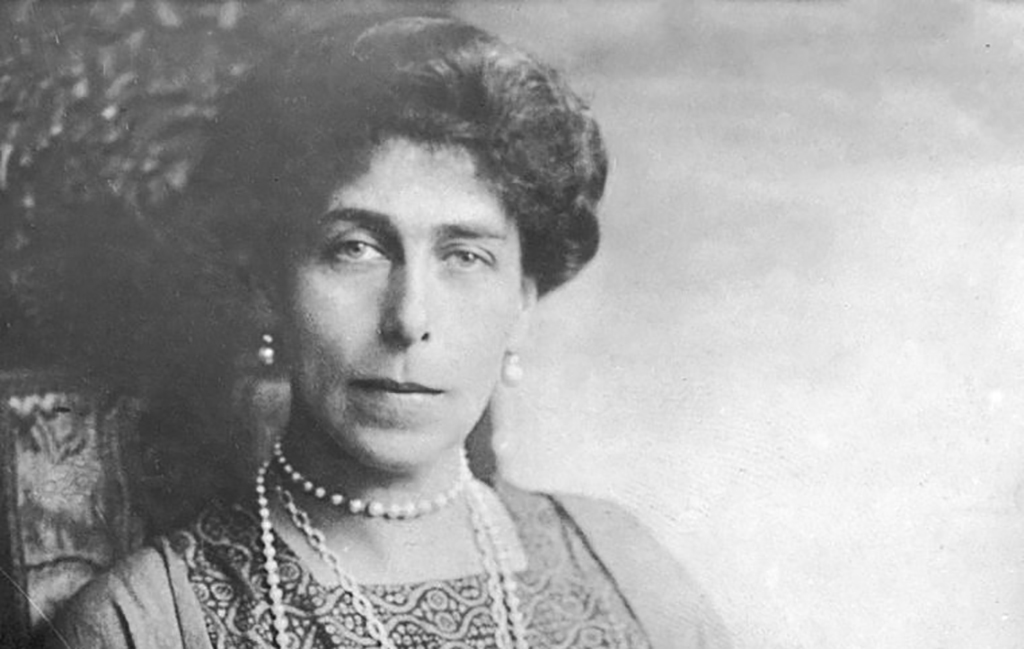
The granddaughter of Queen Victoria, Princess Victoria Melita, was spared from hemophilia, a disease caused by rampant inbreeding amongst royals throughout Europe. However, she had her fair share of problems. She went on to marry her cousin, the Grand Duke of Hesse, although there was no love in the marriage.
The two fought constantly, and the arguments were known for being particularly vicious. Yet, the couple had two children, with their first-born daughter dying at the age of eight, and their second, a son, was stillborn. It is assumed that their children’s deaths were most likely due to the Princess and the Duke being cousins.
Caligula Was Ruthless And Without A Conscience
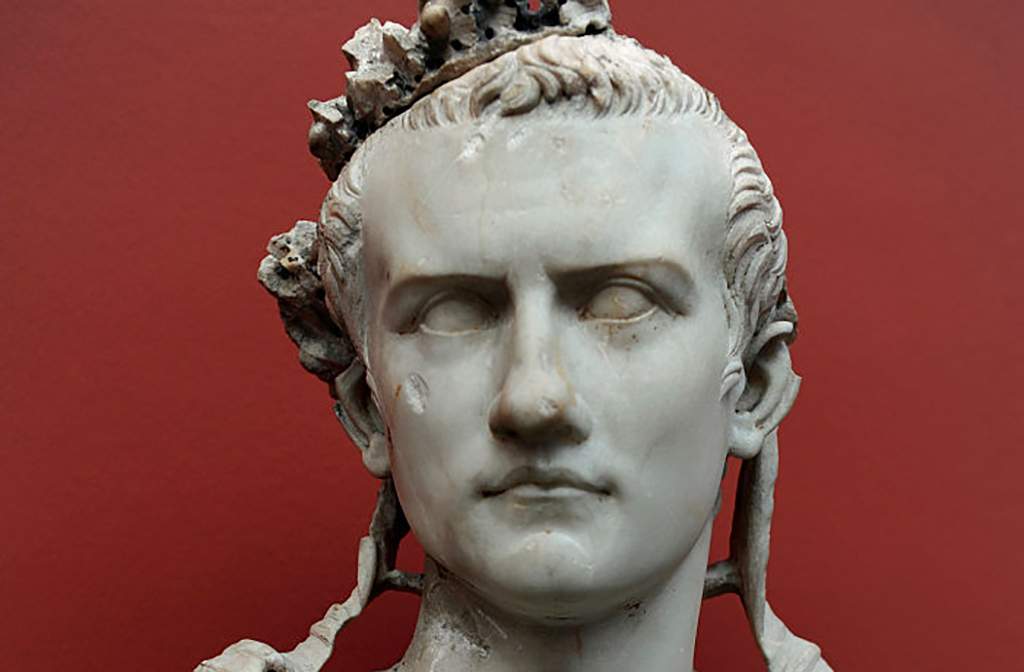
Rome had its fair share of cruel emperors, but Caligula tops the list. Known for his sadism and insanity, he often commanded lavish projects to be completed for no reason while Rome suffered. It is even said that he had an entire section of an audience at the gladiatorial games thrown to wild animals because he was bored.
After recovering from a serious illness that was believed to be caused by poison, Caligula descended into madness, banning or executing anyone whom he thought was a threat, as well as participating in horrendous acts of depravity and torture to secure complete power. Eventually, he was assassinated for his tyranny.
King Henry VI Thought He Was Made Of Glass

King Henry VI of England was made king before his first birthday and spent the majority of his life battling mental illness as England was slowly engulfed in the War of the Roses. He suffered his first mental breakdown in 1453, which rendered him completely useless as a ruler.
As time went on, his condition worsened to the point that he thought he was made of glass and would break at even the slightest touch. He was disposed of in 1461 by Yorkish forces, re-took the throne in 1470, although he was imprisoned and possibly murdered in 1471.
Ferdinand I Of Austria Had A Birth Defect That Seriously Affected His Life
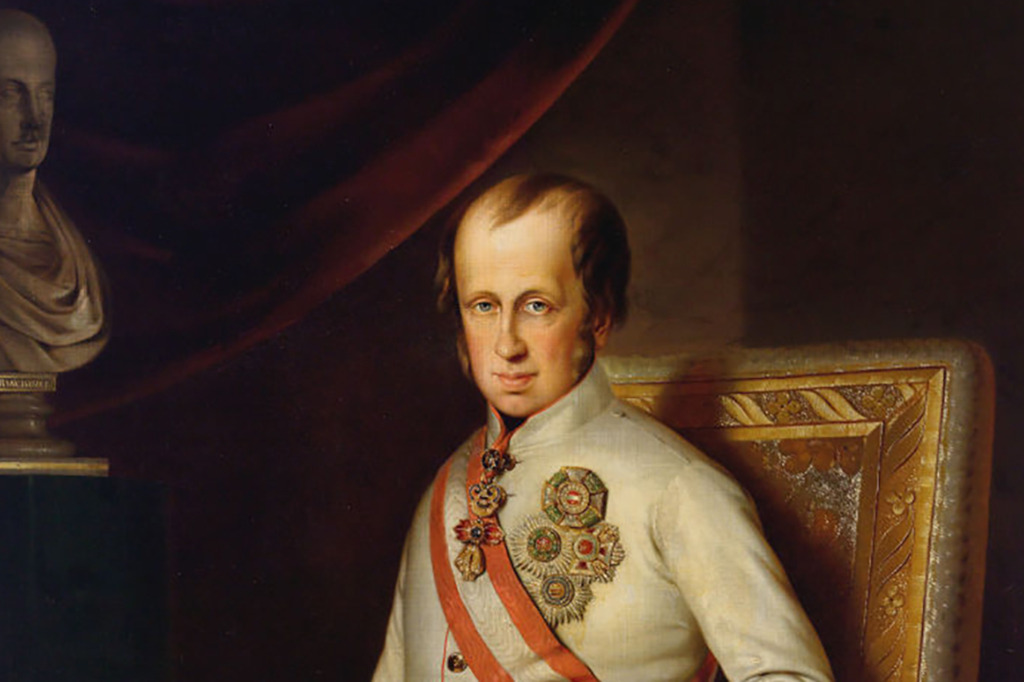
Ferdinand I of Austria’s parents were Holy Roman Emperor Francis II and Marie-Therese, double first cousins, whose genetic closeness took a serious toll on Ferdinand I. Ferdinand was born with epilepsy, a speech impediment, neurological damage, and hydrocephalus, which affected his motor skills.
Although he wasn’t completely incapacitated, he suffered up to 20 seizures a day and was weak of body, leaving the running of the country to a Reagent’s Council. Despite his countless birth defects, he still managed to reign as emperor for 13 years until his abdication in 1848.
Queen Elizabeth I Had A Relentless Toothache
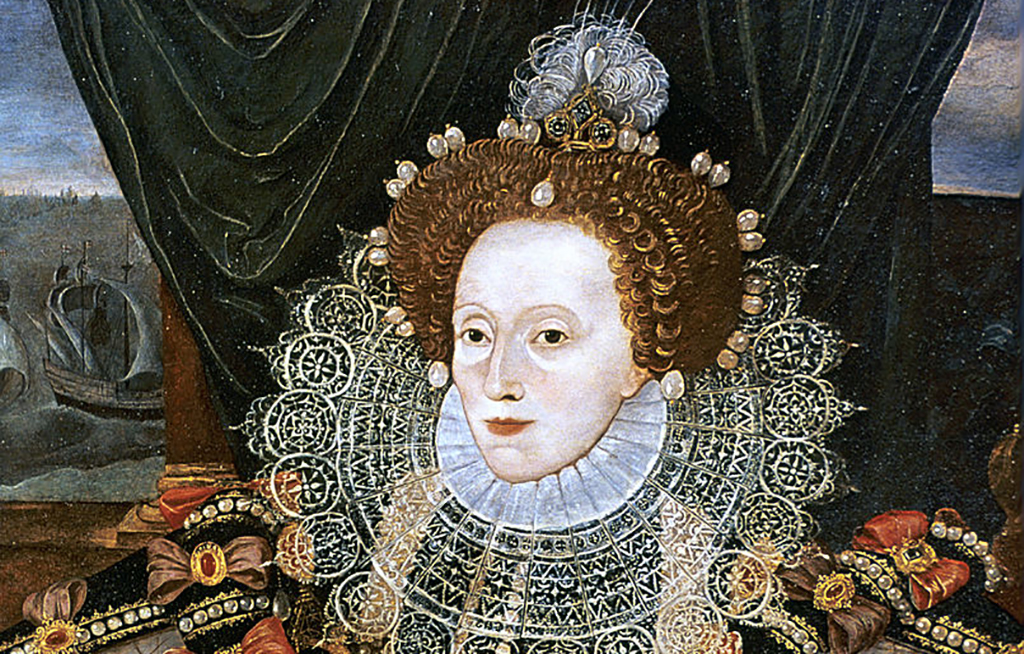
Queen Elizabeth immortalized herself for her success in expanding England, as well as defending the country against the Spanish. However, she did so with a throbbing pain in her mouth. The “Virgin Queen” had serious issues with her teeth. Many of them were missing and those that remained were yellow and rotting.
This resulted in consistent toothaches, although she would not allow any of her rotten teeth to be taken out. According to author Alison Weir, “This decision condemned her to years of intermittent pain from toothache, gum disease and resultant neuralgia in the face and neck.”
Ivan IV Of Russia Earned The Title Of Ivan The Terrible

The first czar of Russia, Ivan IV, is known for transforming Russia from a medieval state into an empire, although at a significant cost to its people and the countries long-term success.
He is remembered for his madness and cruelty, taking pleasure in torturing and executing the nobility as well as slaughtering the entire city of Novgorod. Furthermore, he murdered his eldest son and heir in 1581 in a fit of rage as well as beating his pregnant daughter-in-law for her clothing, most likely resulting in a miscarriage.
Charles II Paid The Price For His Family’s Lineage

Charles II of Spain was plagued with several afflictions that were likely related to the fact that his mother and father were uncle and niece. Nicknamed “The Bewitcher,” he had what is known as the Habsburg Jaw or lip, which is the result of an over-sized tongue, and a severe underbite with a protruding lower jaw and thick lower lip.
Today, it is referred to as mandibular prognathism. His tongue made it difficult for him to chew and led to excessive drooling. He was also developmentally stunted, not speaking until four or being able to walk until the age of eight. He was also impotent, with the Habsburg hold on Spain ending with him.
King George V Suffered From Pleurisy

George V was the King of the United Kingdom, British Dominions, and the Emperor of India from 1906 until his death in 1936. Among his many health issues which developed during the First World War, he also suffered from pleurisy, in which a membrane in the chest cavity becomes inflamed.
As the king was at death’s door, he was euthanized by his physician. At the request of his wife, George was given a serum that rendered him unconscious. It was then that he was given a fatal dose of morphine.
King Richard III Had More Ailments Than Thought

Made famous by William Shakespeare, King Richard III ruled England from 1483 to 1485 and was the last English king to die in battle. However, he suffered from extreme scoliosis, and from his remains discovered beneath a parking garage, it was noted that his left shoulder would have been much lower than the right.
In addition, his remains were found to have multiple roundworm eggs around his pelvis where his intestines should have been. So, not only was his spine contorted, but he was infested with worms as well.
Emperor Claudius Was Weaker Than He Looked

Emperor Claudius, the Roman emperor best-remembered from conquering Britain managed to accomplish a lot during his reign, however, he did so with numerous physical ailments. Supposedly, he had a speech impediment, his head shook, his knees frequently gave out, and his nose often ran when he was excited.
He also had the propensity to pass gas and was concerned about the health risks of not releasing it. According to Roman historian Suetonius, he “planned an edict to legitimize the breaking of wind at table, either silently or noisily.”
Queen Victoria Is Likely Why Hemophilia Spread

Many royals across Europe in the 19th and 20th century were plagued with hemophilia and historians think it links back to Queen Victoria. She had the blood clotting disorder but luckily, managed to avoid any of the harsh side effects.
Five of Queen Victoria’s grandchildren ended up dying for complications of hemophilia. Since her lineage spread all across the royal houses of Europe, it’s likely she’s the cause. Especially since hemophilia can be carried by female chromosomes.
Philip V Suffered From Intense Melancholia

Philip V was a grandson of Louis XiV, King of France. As a part of the French royal family, it was easy for him to ascend the Spanish throne after the War of the Spanish Succession. He held the throne from November 1700 to July 1746. He actually abdicated in favor of his son Louis in 1724 but when his son died months later, he reigned again.
Throughout his life and reign, Philip suffered from manic depression and melancholia. Apparently, he eased the pain of his mental illness with music by singer Farinelli.
Eric XIV Was Violent Due To Paranoia

As King of Sweden from 1560-1568, Eric XIV held with an iron fist. He was known for his intelligence, but also his bouts of rage and paranoia. Scholars still debate whether he was mentally ill before or after the start of his reign, but they all agree it affected his rule.
Eric XIV’s paranoia was so harsh that he murdered several members of a rival family. The murders led to his downfall and Eric eventually was poisoned by guards.
Government Struggled Around Christian VII Of Denmark

Even though he was never formally diagnosed with any mental illness at the time, King Christian VII of Denmark was said to have shown severe mental and emotional instability. Christian VII ascended to the throne in 1766 but the government never fully formed around him. Things worsened after his marriage when he was said to have experienced paranoia, hallucinations, and self-harm.
The country was essentially run by whichever political advisor was favorable to Christian VII at the time. In many ways, he was said to be king only in name.
Otto Of Bavaria Never Truly Ruled

Before Ludwig II took the throne, Otto was king. Despite reigning from 1886-1913, he was never an active ruler due to multiple mental illnesses. Otto became depressed and anxious after the Franco-Prussian War and it got to the point when he was under constant supervision.
Later in his life, Otto was effectively held prisoner in his castle. Historians now believe he suffered from schizophrenia and multiple personality disorder, which was heightened thanks to physical paralysis from syphilis.
Talal Of Jordan Abdicated The Throne

Talal bin Abdullah became King of Jordan in 1951 but only one year later was forced to abdicate the throne. Parliament forced him off the throne after reports that he suffered from schizophrenia. The reports were enlarged after Queen Zein of Jordan went to the British Embassy in Paris and claimed that Talal has threatened her and her child with a knife.
Shortly after, Talal left the throne and spent the rest of his life in a sanatorium. Despite the short reign, he was known for establishing Jordan’s modern constitution.
Tiberius Couldn’t Stop The Rumors
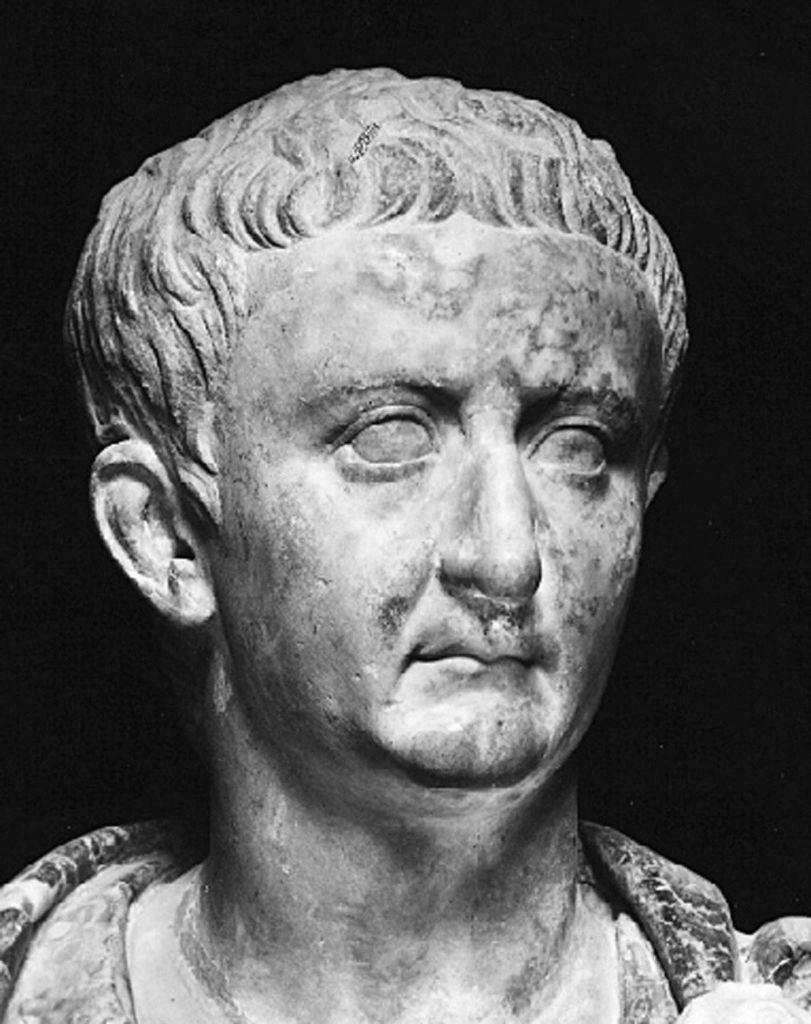
Tiberius was part of a long line of Roman emperors that commanded respect. In his time he was known as one of the greatest generals Rome had ever seen. Still, he was considered “reclusive” and “sombre” with one historian Pliny the Elder calling him “the gloomiest of men.”
This possible depression coincided with Tiberius’ time in Capri. While there, many rumors swirled about his paranoia and cruelty. Whether he suffered from depression or not, it was clear that Tiberius was a troubled ruler.
Nero Was One Of The Most Tyrannical Rulers

Another Roman emperor thought to suffer from mental illness was the infamous Nero. Nero has gone down in history as the man who may have fiddled while Rome burned, and the one who murdered his own mother. He was known for being tyrannical and cruel.
Due to the over-the-top cruelness, many historians have wondered whether Nero also suffered from an illness that caused him to lack empathy or react to situations in ways outside his character.
Justin II Had Fits Of Insanity
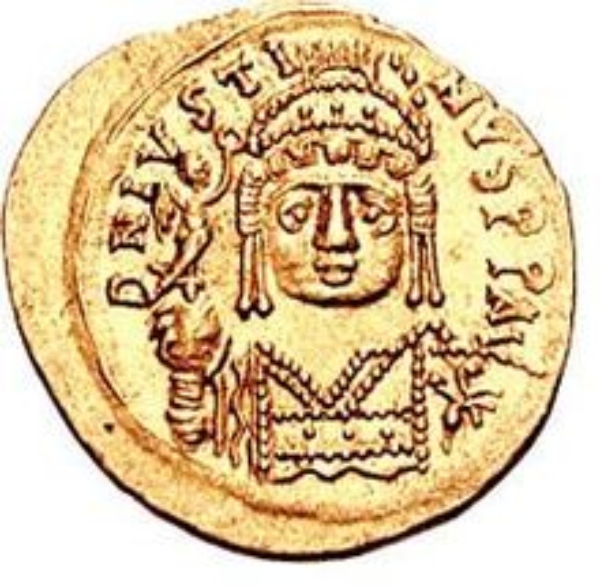
Justin II ruled as the Eastern Roman Emperor as a member of the Justinian Dynasty. While he was known for showing force when necessary, Justin II also said to “take on the attitude of the invincible” and lack realism.
That led many to claim him insane. In 572, John of Ephesus claimed that Justin II suffered insanity and even “behaved like a wild animal, was wheeled about on a mobile throne, and required organ music to be played day and night.”
Nebuchadnezzar II Thought He Was A Bovine

During the Neo-Babylonian Empire, Nebuchadnezzar II reigned as King of Babylon from 506 BC – 562 BC. In Biblical history, he’s known as the king who destroyed Solomon’s Temple.
He’s also described in the Bible as suffered from a mental illness condition now known as boanthropy. The psychological disorder occurs when a human believes they are bovine. In the Book of Daniel, Nebuchadnezzar II is described to “eat grass as oxen.” He is the most famous person to have suffered from this disorder.



